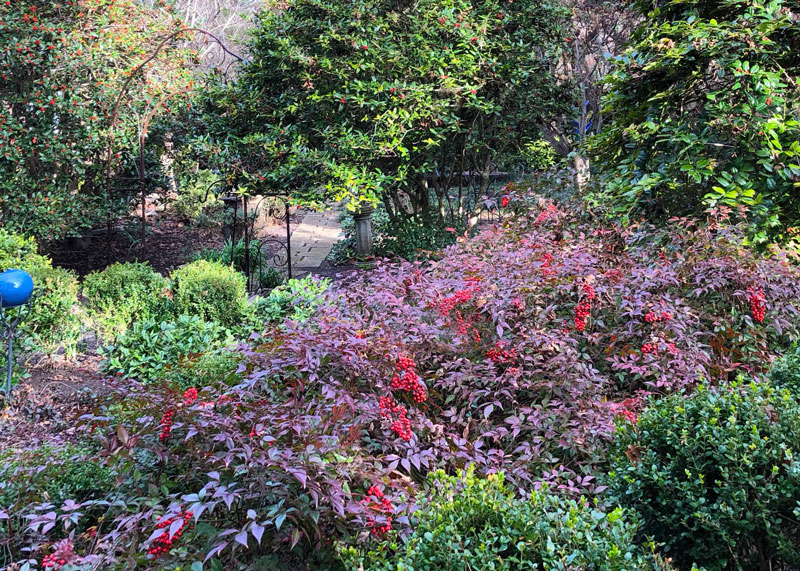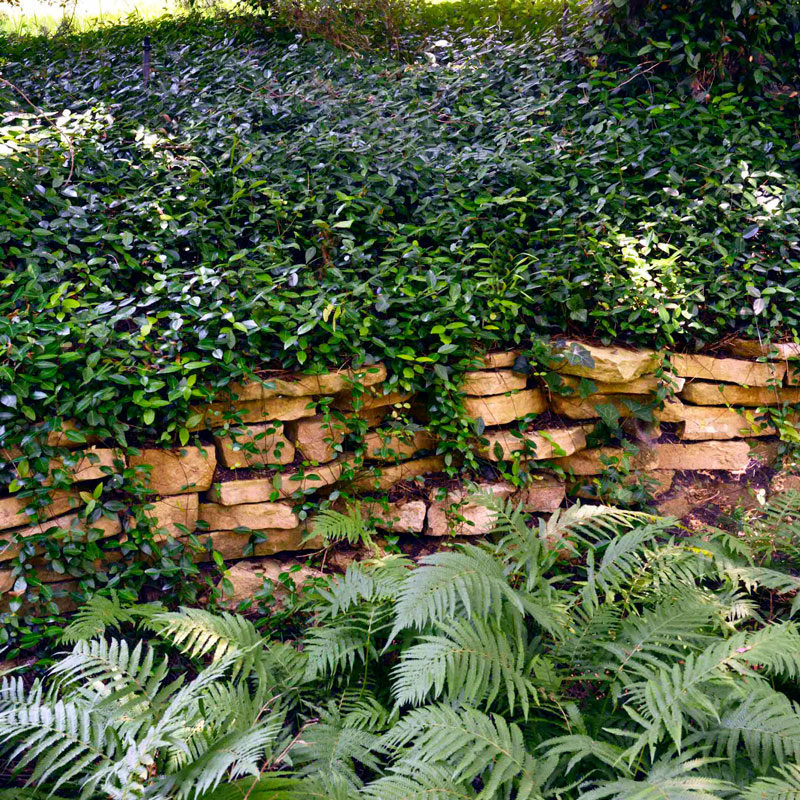Made for the Shade
Many of us lost plants back in the late-winter cold spell. Nurseries were in short supply by the time we got there, so we decided to wait.
Let me move that ball forward by sharing some ideas of how best you can landscape the shady spots. Here are suggestions I’ve gained from 44 years of doing just that. I’ll try to point out any plants that are vulnerable to cold should you live in northern parts of the state.
Shrubs…
Among the best are the many types of hollies, including (in order of increasing height at maturity) dwarf yaupon, dwarf Chinese, Carissa, dwarf Burford, Needlepoint (Willowleaf), Burford, Robin, Oakland and Oakleaf, weeping yaupon, Nellie R. Stevens, yaupon and Warren’s Red possumhaw hollies.
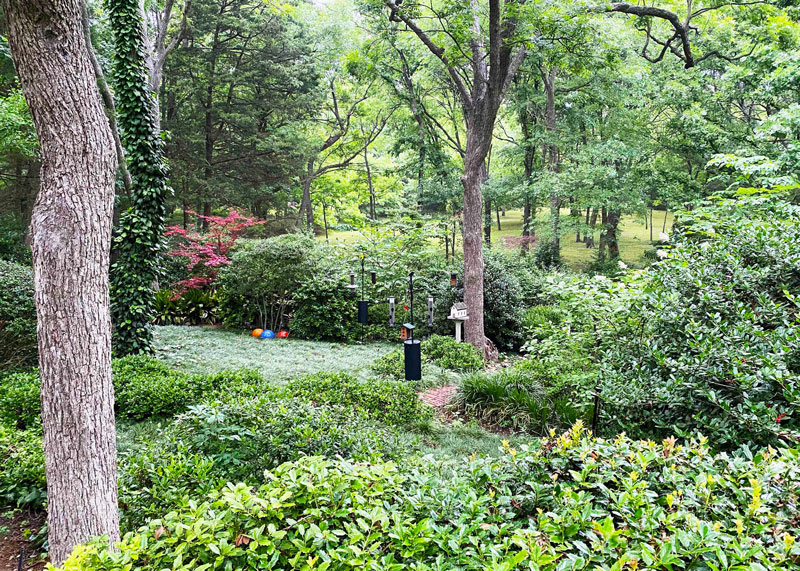
Varieties such as Foster’s, Savannah and East Palatka hollies need to be grown where soils are acidic.
There is so much variation in the growth forms and looks of the hollies, that many (of us) have done entire landscapes using hollies almost exclusively.
Nandinas actually grow well in the shade, and if trees go bare in the winter to let the sun reach the nandinas’ foliage, you’re likely to see rich reds and maroons in their leaves. Nandinas were burned back by last winter’s cold, but they’ve come racing back this year.
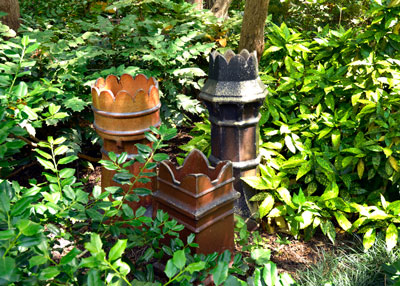
Aucubas must have full shade, and that’s the best lighting for Japanese maples as well. Oakleaf hydrangeas are large and bold shrubs that are noted for their giant white floral heads in late spring and their rich red fall color each November. They do well in any moist, shady location.
Leatherleaf mahonias are stunning plants for full shade. They grow somewhat like tall nandinas with vertical stems, but they are very dramatic with blue-green foliage, yellow winter blooms and blue-gray clusters of fruit in spring. Their mature height is 40 to 50 inches.
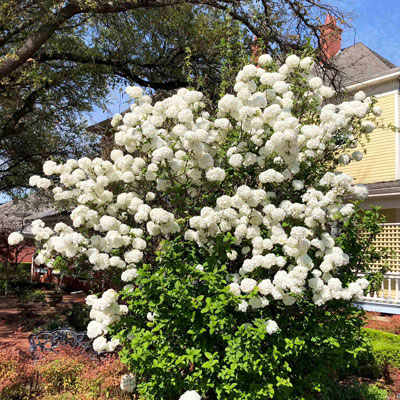
Rusty blackhaw viburnum, sweet viburnum (another winter-vulnerable plant) and Chinese snowballs add to the list of shrubs that perform best in the shade.
Groundcovers…
Shade is the enemy of our turfgrasses and that’s where many gardeners throw up their hands in dismay. But groundcovers can come to the rescue.
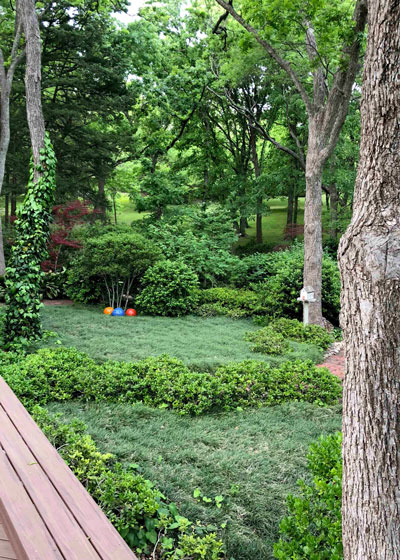
Easiest of all the shade groundcovers is mondograss, also known as monkeygrass and lilyturf. It grows to 6 to 8 inches deep, and it has a soft, grass-like appearance. It’s good holding soil on slopes, and it tolerates anything from heavy shade to half a day (morning) of direct sun. Its flowers are inconspicuous.
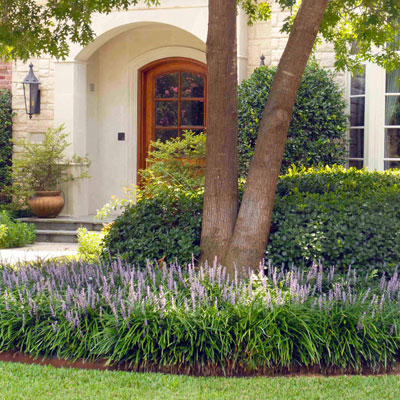
Liriope is the big sister to mondograss. Liriope’s bolder blades are as wide as a pencil, and its summer flower spikes are lavender (a couple of varieties are white-flowering), followed by large purple-black berries. It makes a nice groundcover or edging if you want something a bit taller than mondograss.
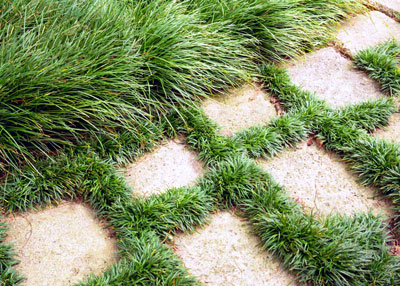
Dwarf mondograss goes the other direction. It stays less than 3 or 4 inches tall at maturity, making it probably the lowest groundcover we grow. But it’s also slow to spread, so it’s best used as a low border, in rock gardens and other smaller spaces where an extremely sculptured look is desired.
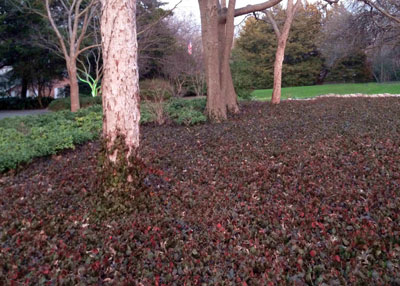
Two of our best full-sun groundcovers also do quite well in the shade. Asian jasmine and purple wintercreeper euonymus are good choices when you want a sprawling, spreading type of plant.
Ajuga and English ivy are both candidates, but because of disease problems, each should be planted in limited areas.

